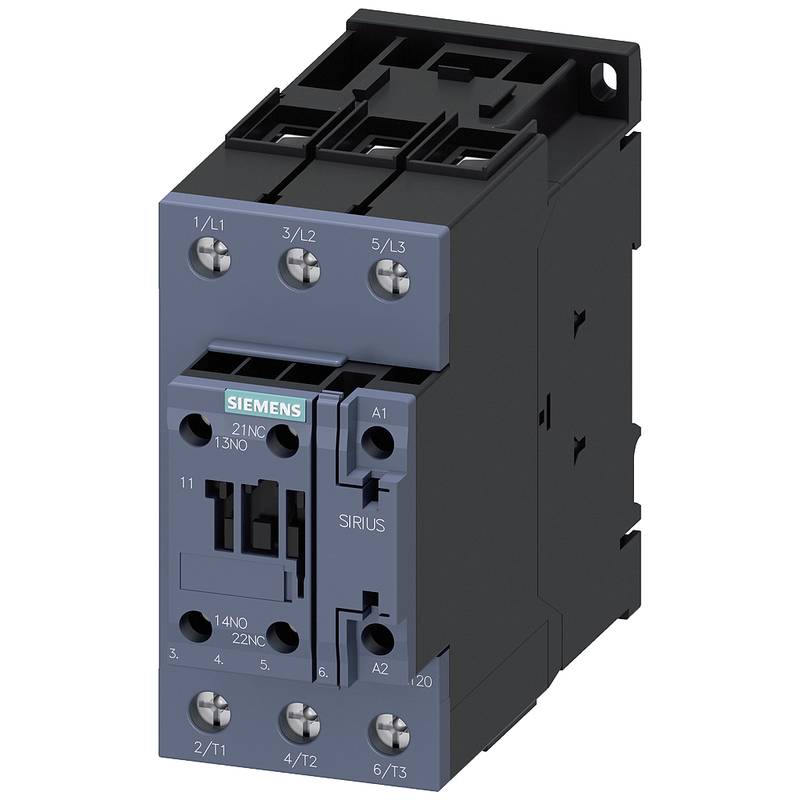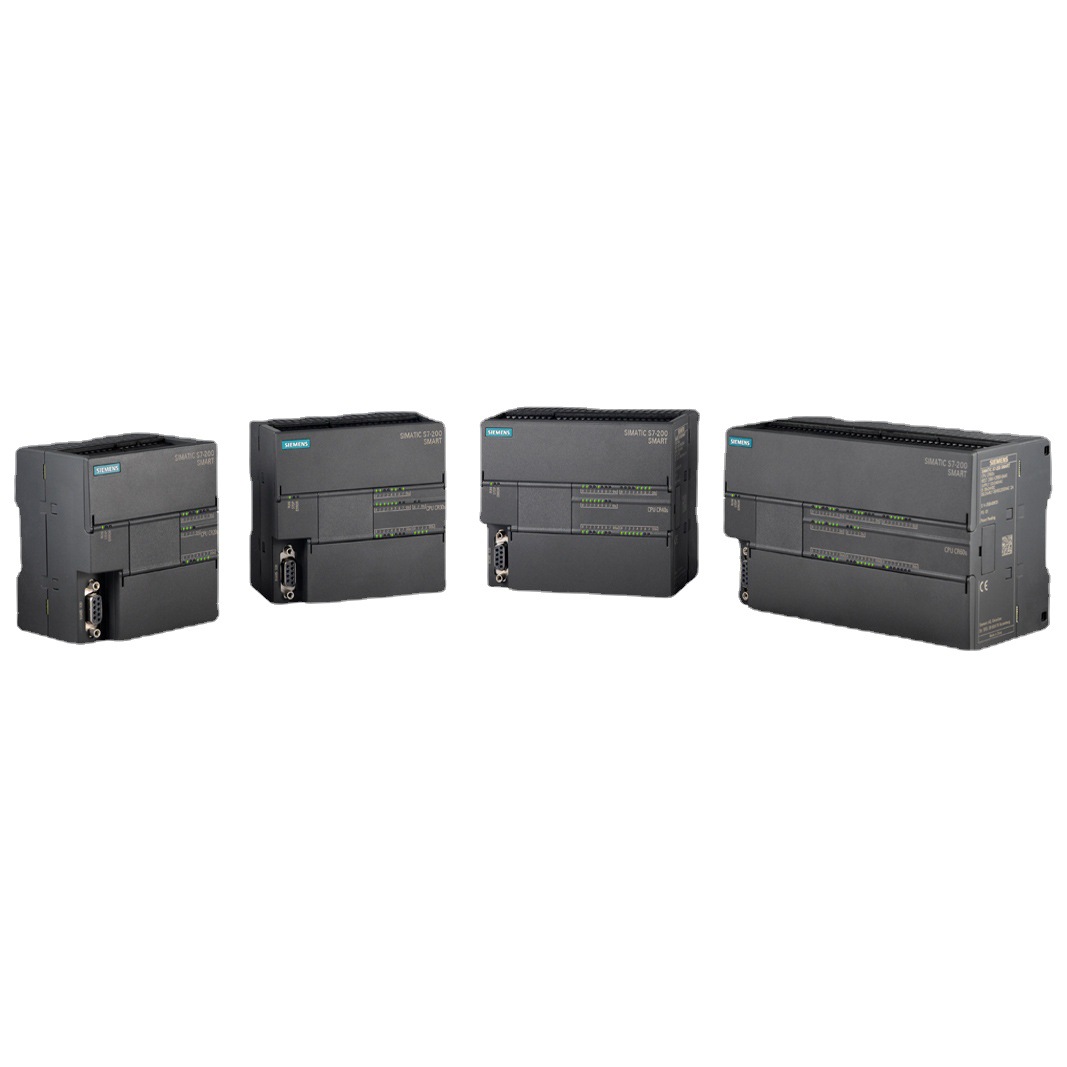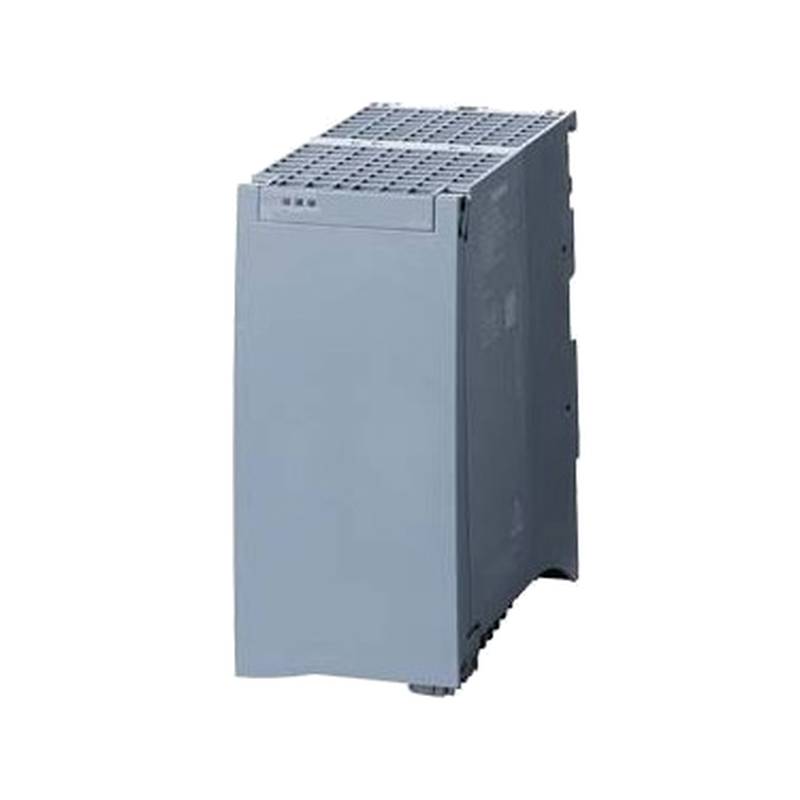
The Delta DVP-FEN01 Ethernet Network Communication Interface Module is engineered to empower industrial automation with robust, high-speed connectivity. This module offers a compelling blend of advanced features, including high-speed data transmission, flexible network configuration, and seamless integration into existing Delta DVP PLC systems. Its core technical specifications, such as support for standard Ethernet protocols, multiple communication ports, and a wide operating temperature range, position it as a pivotal component for modern industrial networks demanding reliability and efficiency.
| Feature | Specification |
| :------------------------- | :------------------------------------------------ |
| Model | DVP-FEN01 |
| Communication Protocol | Ethernet/IP, TCP/IP, Modbus TCP |
| Data Transfer Rate | 10/100 Mbps |
| Ports | 1 x RJ45 (Ethernet) |
| Power Consumption | 5V DC, < 150 mA |
| Operating Temperature | 0°C to 55°C |
| Storage Temperature | -20°C to 70°C |
| Dimensions (W x H x D) | 30mm x 90mm x 60mm |
| Mounting | DIN Rail |
| IP Rating | IP20 |
Core Features & Market Positioning
The Delta DVP-FEN01 distinguishes itself through its efficient implementation of industrial Ethernet protocols, enabling rapid data exchange critical for real-time control applications. Its market positioning is defined by its ability to bridge the gap between Delta's established DVP series PLCs and the demands of networked automation, offering a cost-effective yet high-performance solution. Unlike some proprietary modules, the DVP-FEN01's adherence to industry standards like Ethernet/IP and Modbus TCP ensures interoperability with a wide array of supervisory control systems and other network devices, enhancing its competitive edge. This adaptability is a key differentiator in an increasingly interconnected industrial landscape.
Key Application Scenarios
This module is particularly well-suited for applications requiring centralized data acquisition and distributed control, such as in manufacturing automation, building automation, and process control systems. For instance, in a typical manufacturing plant, the DVP-FEN01 facilitates the collection of production data from multiple DVP PLC-controlled machines, enabling supervisors to monitor output, identify bottlenecks, and implement performance improvements in real-time. Its utility extends to scenarios where remote monitoring and diagnostics are essential, allowing engineers to access PLC data and status updates from off-site locations, thereby minimizing downtime and operational disruptions.
Practical System Integration Guidance
Integrating the Delta DVP-FEN01 into a DVP PLC system is straightforward, primarily involving a direct connection to the PLC's communication port and subsequent configuration via Delta's programming software. For successful integration, engineers must ensure proper network cabling, typically using standard Ethernet patch cords, and assign a unique IP address to the module within the local network. The configuration process involves defining the communication parameters, such as subnet mask and gateway, and setting up the communication protocol that the module will use. A common practice involves using the Delta ISPSoft software to configure the module's network settings and establish communication links with other devices or SCADA systems.
Operation and Risk Mitigation
Safe operation of the DVP-FEN01 module mandates adherence to the specified environmental conditions and electrical parameters. It is crucial to prevent exposure to moisture and dust, as indicated by its IP20 rating, and to ensure the module operates within its designated voltage and temperature ranges to prevent hardware damage or communication failures. While the module is designed for industrial robustness, common operational risks include network configuration errors, such as IP address conflicts, which can lead to communication disruptions. Troubleshooting often involves verifying network connectivity, checking physical connections, and reviewing the module's configuration settings against the network plan.
Scalability & Long-Term Value
The Delta DVP-FEN01 offers significant scalability and long-term value by enabling seamless integration with Delta's broader automation ecosystem and supporting future industrial trends. Its Ethernet-based communication forms a foundation for Industry 4.0 initiatives, allowing for easy connection to cloud platforms for data analytics, predictive maintenance, and IIoT applications. As Delta continues to innovate, modules like the DVP-FEN01 ensure that existing DVP PLC installations can be upgraded or expanded to incorporate advanced networking capabilities without requiring a complete system overhaul, thus preserving investment and facilitating continuous improvement.
Frequently Asked Questions
How do I connect the Delta DVP-FEN01 to my DVP PLC?
The DVP-FEN01 connects directly to the dedicated communication port on compatible Delta DVP series PLCs. This connection is typically a proprietary interface that ensures a secure and stable link for data transfer. Once physically connected, the module is powered by the PLC's internal power supply.
Proper physical connection is the first step before any electrical or network configuration can occur. This ensures the module receives the necessary power and establishes a foundational link with the PLC's processing unit.
The module often slots into a specific communication expansion slot on the PLC base unit, making the physical integration a straightforward process. Ensure the module is securely seated to prevent any intermittent connection issues.
What Ethernet protocols does the DVP-FEN01 support?
The Delta DVP-FEN01 supports essential industrial Ethernet protocols like Ethernet/IP, Modbus TCP, and standard TCP/IP. This broad protocol support allows for flexible integration into various industrial networks and communication architectures. It enables the PLC to communicate with a wide range of devices, including HMIs, drives, and other controllers.
These protocols are industry-standard, ensuring interoperability with equipment from different manufacturers. Modbus TCP is widely used for its simplicity and effectiveness in data exchange, while Ethernet/IP offers more advanced communication capabilities for complex automation systems.
By supporting these diverse protocols, the DVP-FEN01 acts as a versatile gateway, bridging different communication requirements within a single industrial setup. This flexibility is key for modern, heterogeneous automation environments.
What is the maximum data transfer rate for the DVP-FEN01?
The DVP-FEN01 module offers a data transfer rate of 10/100 Mbps, which is standard for industrial Ethernet applications. This speed is sufficient for most real-time control and data acquisition tasks encountered in manufacturing and process automation. It ensures timely updates of operational data between the PLC and other network devices.
This transfer rate allows for efficient communication between the PLC and supervisory systems like SCADA or HMIs. It facilitates quick response times for critical control loops and rapid collection of production status information.
While not the highest speed available in the market, the 10/100 Mbps capability of the DVP-FEN01 provides a balanced performance for its intended applications, ensuring reliable operation without unnecessary complexity or cost.
Can the DVP-FEN01 be used with non-Delta PLCs?
While the DVP-FEN01 is designed primarily for Delta DVP PLCs, its support for standard protocols like Modbus TCP and Ethernet/IP allows for potential integration with certain non-Delta PLCs. Compatibility would depend on the specific communication capabilities and configuration options of the third-party PLC. Successful integration requires careful network setup and addressing.
It's crucial to verify that the other PLC supports the same communication protocols and that their implementation is compatible. This often involves configuring the DVP-FEN01 as a Modbus TCP server or client, or as an Ethernet/IP adapter, depending on the target PLC's role.
For guaranteed compatibility and optimal performance, it is always recommended to use the DVP-FEN01 within a Delta DVP PLC system. However, with careful planning and testing, interoperability with other systems might be achievable for specific use cases.
What are the power requirements for the DVP-FEN01?
The Delta DVP-FEN01 requires a 5V DC power supply, drawing less than 150 mA of current. This power is typically supplied directly from the DVP PLC to which it is connected, simplifying installation and reducing the need for separate power sources. Ensuring the PLC's power supply can adequately handle the module's consumption is important.
Adhering to these power specifications is vital for the module's stable operation and longevity. Exceeding the voltage or current limits can lead to module damage or malfunction, potentially affecting the entire automation system.
Always refer to the official Delta DVP-FEN01 documentation for precise power requirements and any specific wiring instructions related to its power input. This ensures correct and safe installation within your automation setup.
How do I configure the IP address for the DVP-FEN01?
Configuring the IP address for the DVP-FEN01 is typically done using Delta's ISPSoft programming software. You connect to the module, often via a direct Ethernet connection or through a network switch, and use the software's communication or configuration tools to assign a static IP address. This address must be unique within your local network and align with the network's subnet.
The configuration process involves navigating to the network settings within ISPSoft, selecting the DVP-FEN01 module, and entering the desired IP address, subnet mask, and optionally, the gateway address. It's essential to ensure these settings are compatible with your existing network infrastructure.
After configuration, it's good practice to test the network connection by pinging the assigned IP address from a connected computer. This confirms that the module is online and reachable on the network, ready for communication with other devices.
What is the operating temperature range of the DVP-FEN01?
The Delta DVP-FEN01 module is designed to operate within an ambient temperature range of 0°C to 55°C. This specification ensures reliable performance in typical industrial environments. It's important to maintain conditions within this range to prevent overheating or performance degradation.
Operating the module outside this specified temperature range can lead to unpredictable behavior, reduced lifespan, or outright failure. Ensure adequate ventilation around the module and PLC system, especially in enclosed control cabinets.
For applications in extreme environments, consider additional cooling or heating solutions to keep the module within its operational limits. Always consult the product's datasheet for the most accurate environmental operating parameters.
How does the DVP-FEN01 contribute to Industry 4.0?
The DVP-FEN01 facilitates Industry 4.0 by providing essential Ethernet connectivity for DVP PLCs. This enables seamless data exchange with higher-level systems for real-time monitoring, data analytics, and cloud integration. It forms a crucial link for smart manufacturing initiatives.
Its support for standard industrial protocols like Modbus TCP and Ethernet/IP allows it to act as a gateway for IIoT devices. This enables remote diagnostics, predictive maintenance, and the collection of operational data for optimization purposes.
By enabling networked communication, the DVP-FEN01 allows DVP PLC-based systems to become more intelligent and interconnected. This is fundamental for building the flexible and data-driven manufacturing environments envisioned by Industry 4.0.
What is the difference between Modbus TCP and Ethernet/IP on the DVP-FEN01?
Modbus TCP is a simpler, widely adopted protocol for data exchange, suitable for basic communication needs. Ethernet/IP is a more robust and feature-rich industrial Ethernet protocol, offering advanced features like device-level ring (DLR) and better integration with Rockwell Automation systems. The DVP-FEN01 supports both, offering flexibility in network design.
Modbus TCP on the DVP-FEN01 typically operates in a client-server model, where the PLC can act as either. Ethernet/IP, on the other hand, uses a more object-oriented approach, allowing for richer data representation and more sophisticated network management capabilities.
Choosing between protocols depends on the specific application requirements, existing infrastructure, and desired level of integration. Modbus TCP is often chosen for its ease of implementation, while Ethernet/IP is preferred for more complex or integrated systems.
How do I troubleshoot common communication issues with the DVP-FEN01?
Common issues include incorrect IP addressing, network cable problems, or configuration mismatches. Start by verifying the module's IP address and subnet mask against your network settings. Ensure physical Ethernet cables are securely connected and undamaged.
Check the module's status indicators for any error codes or abnormal lights. Review the communication settings within your PLC programming software (ISPSoft) and any connected SCADA or HMI systems to ensure they align with the DVP-FEN01's configuration.
If issues persist, try performing a basic network ping test to confirm connectivity. Consulting the Delta DVP-FEN01 user manual for specific troubleshooting steps and error code explanations is highly recommended.

























